✎ Juan Pablo Rodríguez Malaver

✎ Camilo Alméciga


Gigant Armadillo
Priodontes maximusOrinoquia region
RECORRIDO VIRTUAL POR LA BIODIVERSIDAD DE COLOMBIA
Museo de Historia Natural
Universidad Nacional de Colombia

Gigant Armadillo
Priodontes maximus
Morpho-functionality
Shell
Its protective shell is made up of dermal bony plates that meet in rows, but are not articulated.
Claws
It has a huge claw on its front legs that it uses when digging in the ground either to open burrows or extract ants or termites.
Teeth
It can have up to a hundred teeth, which help it chew its prey. Over time these are loose.
Lifecycle
Due in part to their underground habits, their reproductive biology is poorly understood. It is estimated that the gestation period lasts four months. The female gives birth to a young, occasionally two, which could weigh 1.9 to 3.5 kg at birth. It is suggested that weaning occurs at seven or eight months. The calf remains in the burrow while the mother leaves and, to prevent any predator from attacking the defenseless baby, the female closes the entrance to the burrow with dirt. It is believed that the calf can go out and do exploratory tours even without being weaned. Sexual maturity is reached at one year of age. This species can live up to fifteen years.
Gigant Armadillo
Distribution
It inhabits the eastern Andes of Colombia, Ecuador, Peru and northwestern Venezuela, in French Guiana, Suriname, Guyana, Brazil, Bolivia, Paraguay and northern Argentina. It is found mainly in the Amazon basin up to an altitude of 500 m. Prefers habitats with termites such as savannas, floodplains, arid and semi-arid forests, and occasionally in tropical and subtropical forests.
Distribution area






